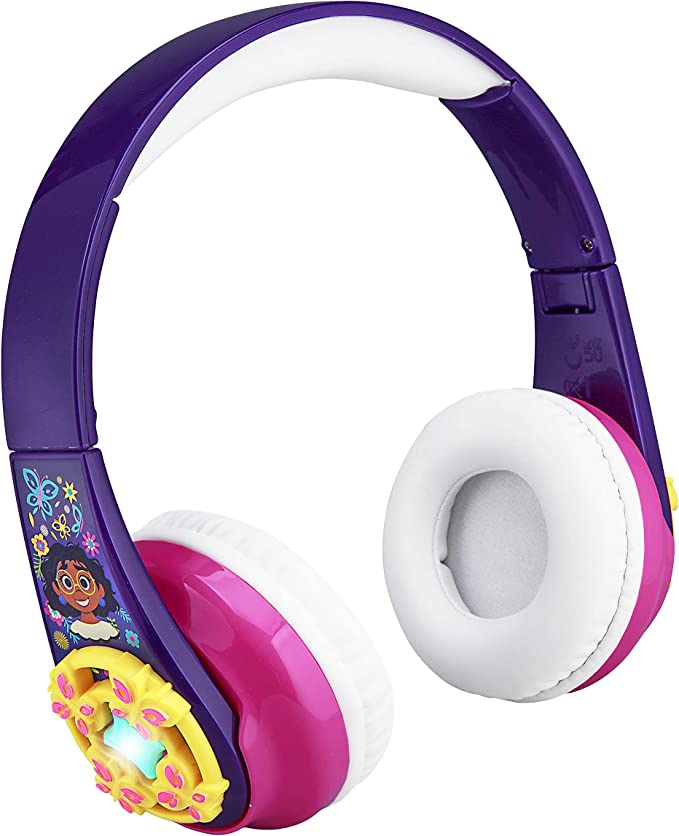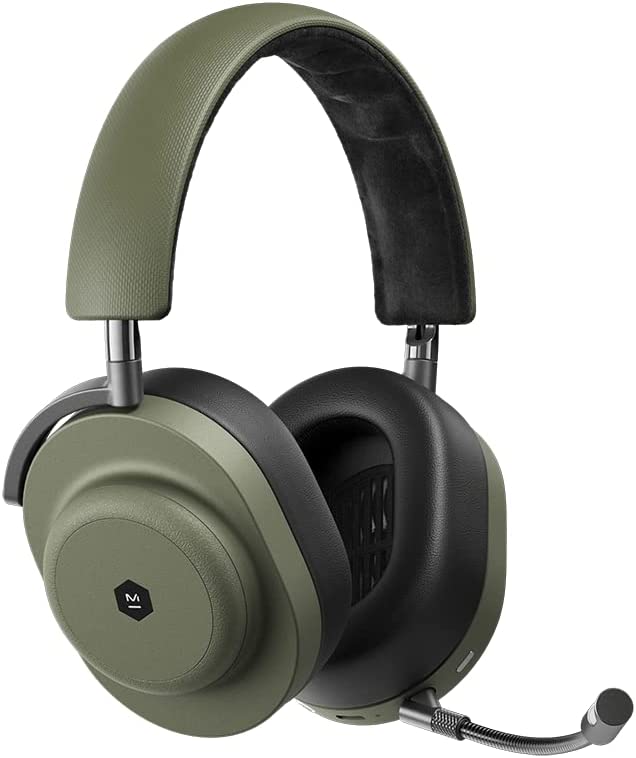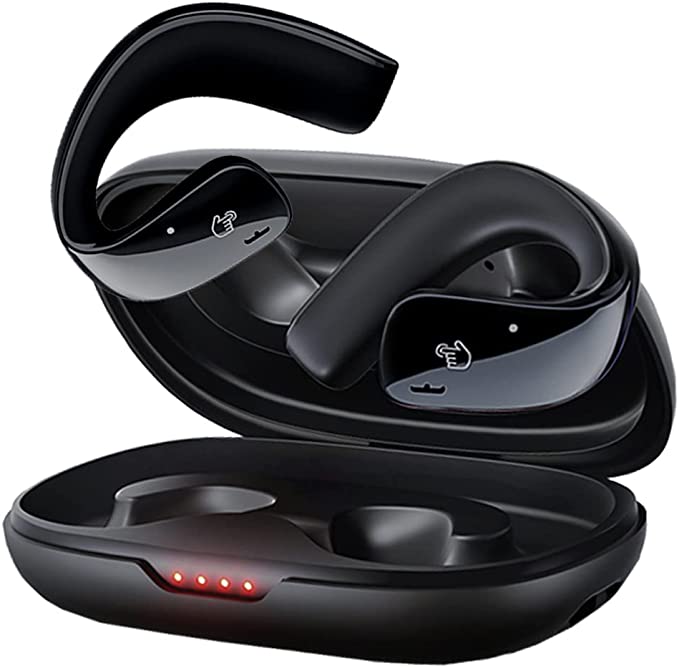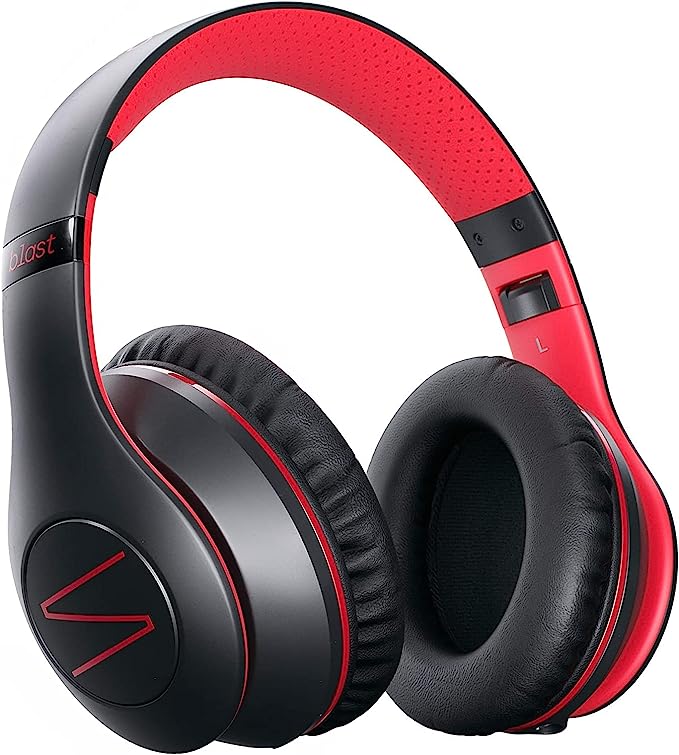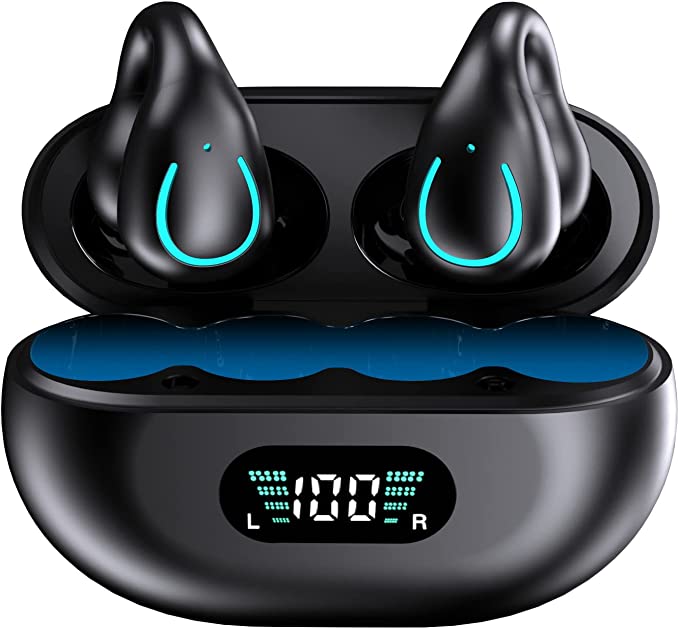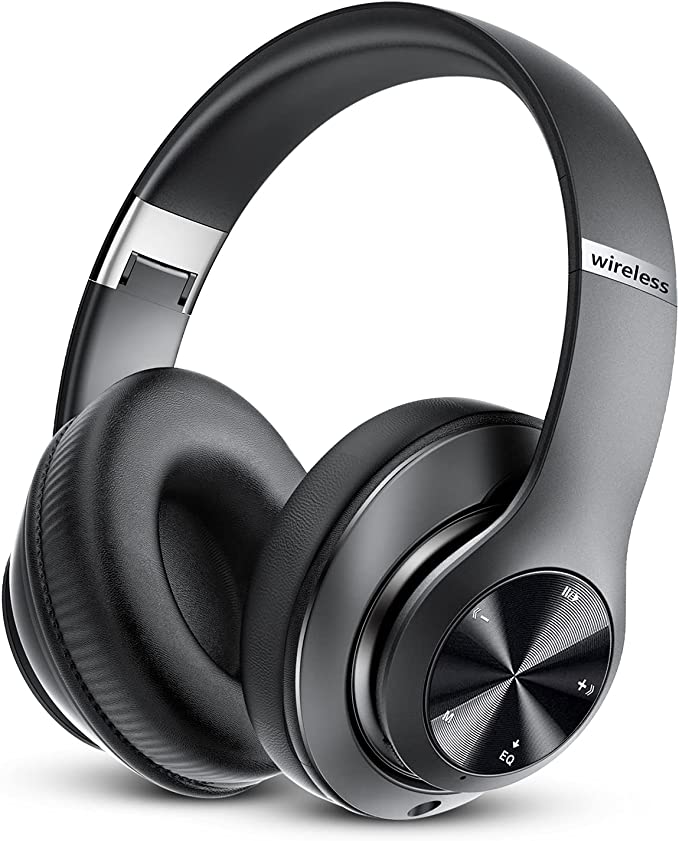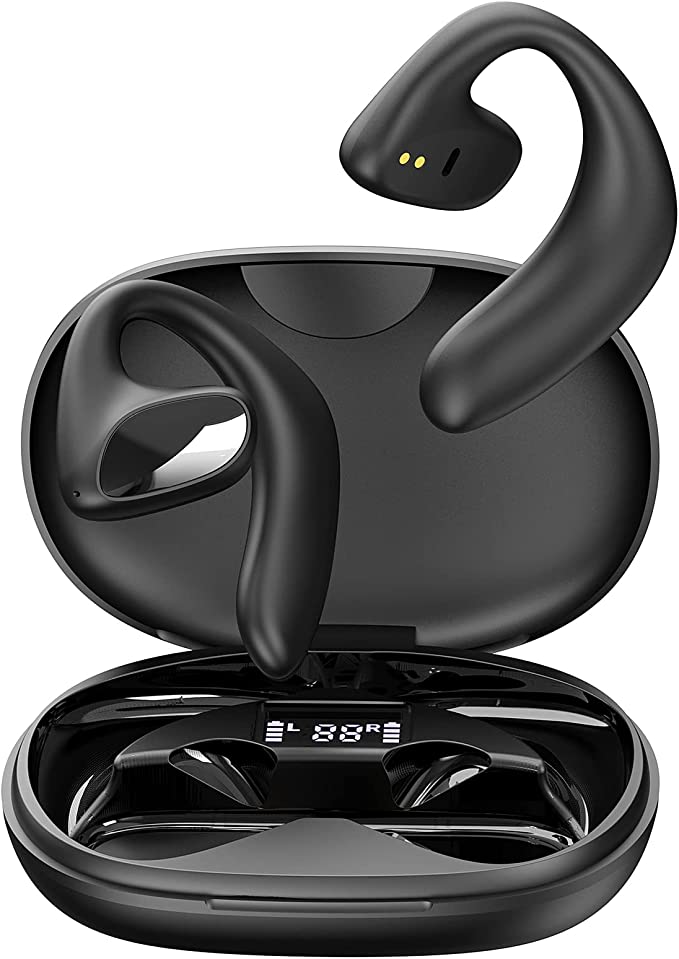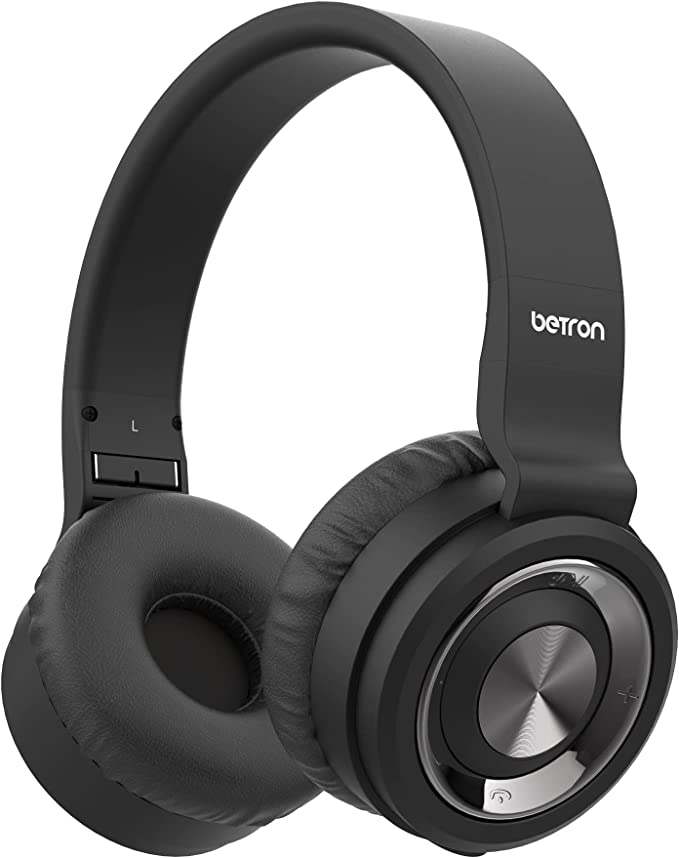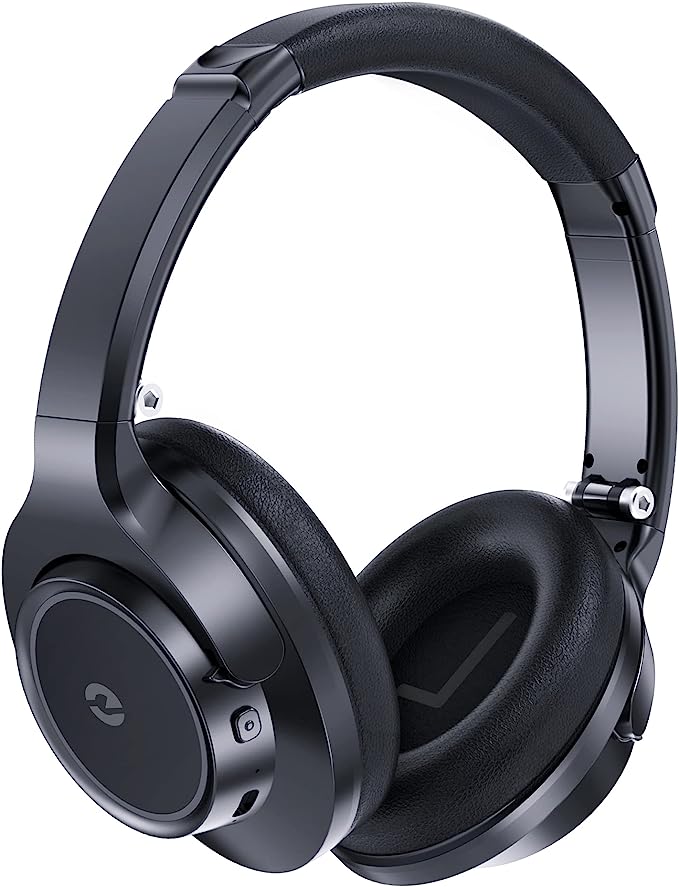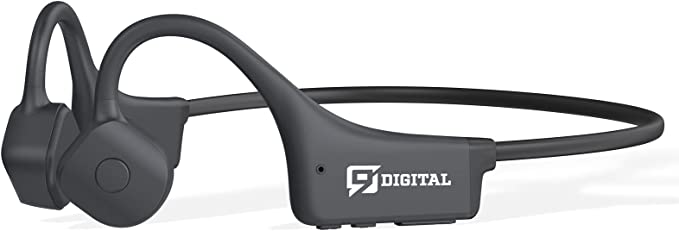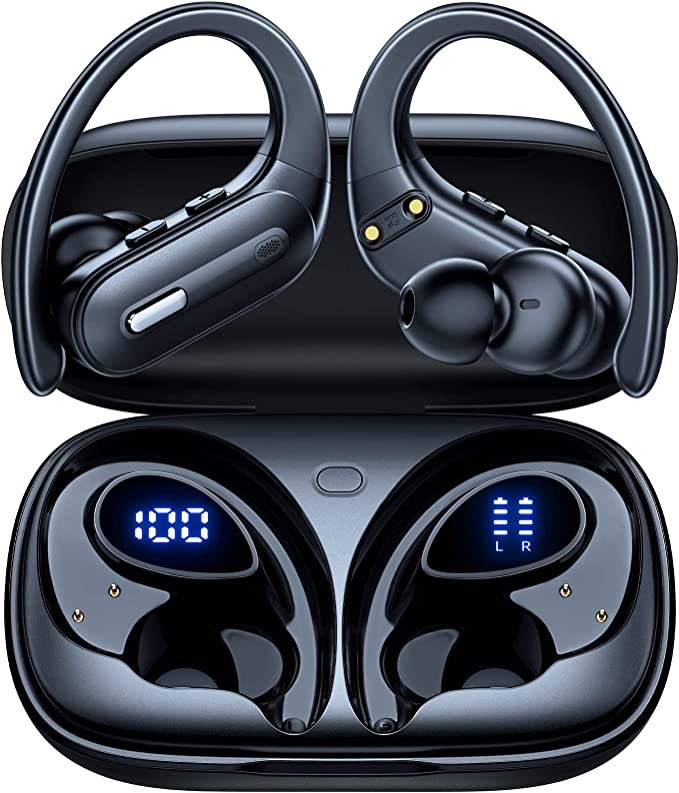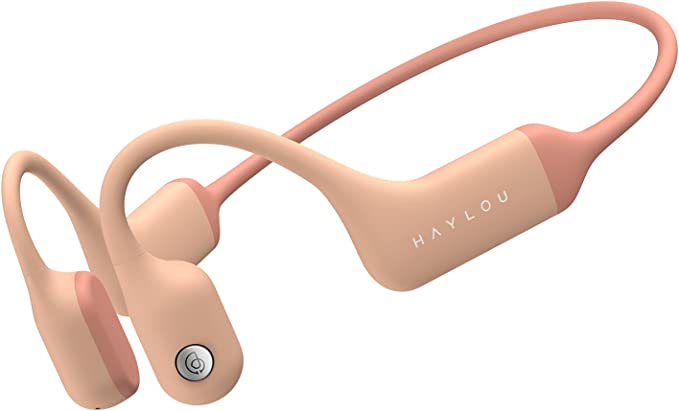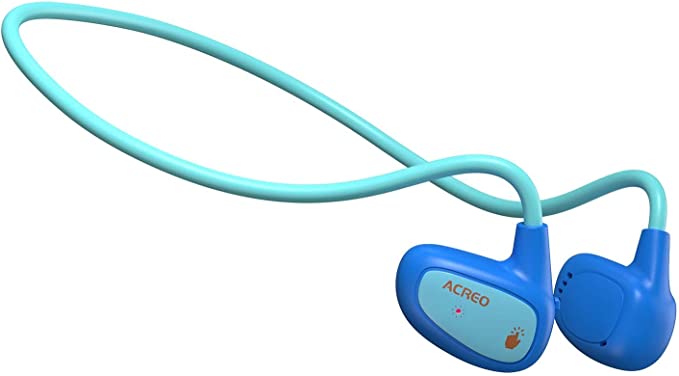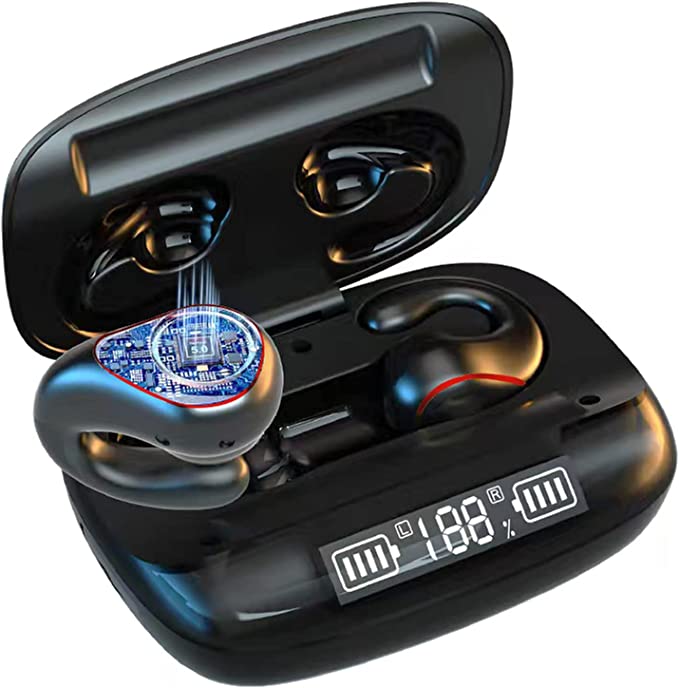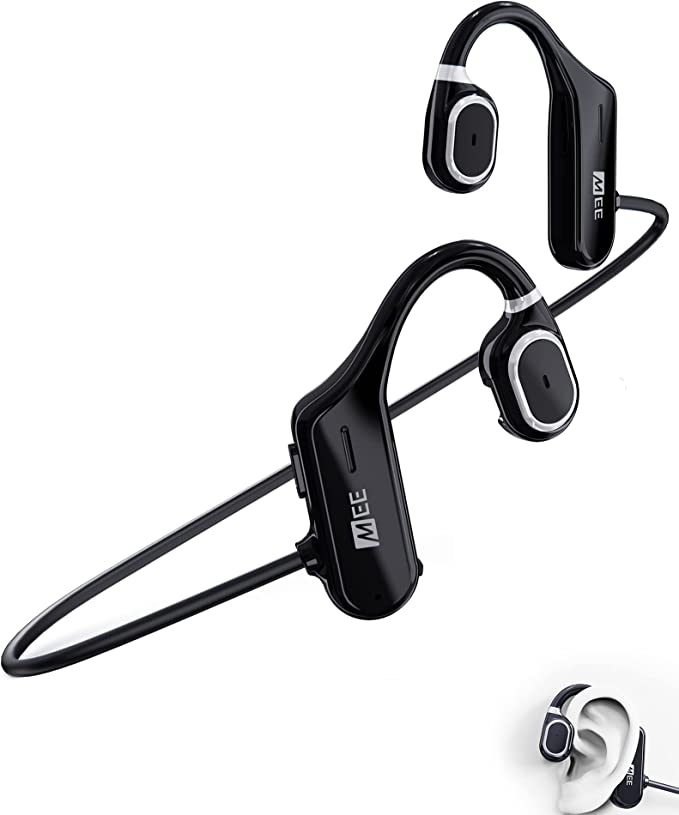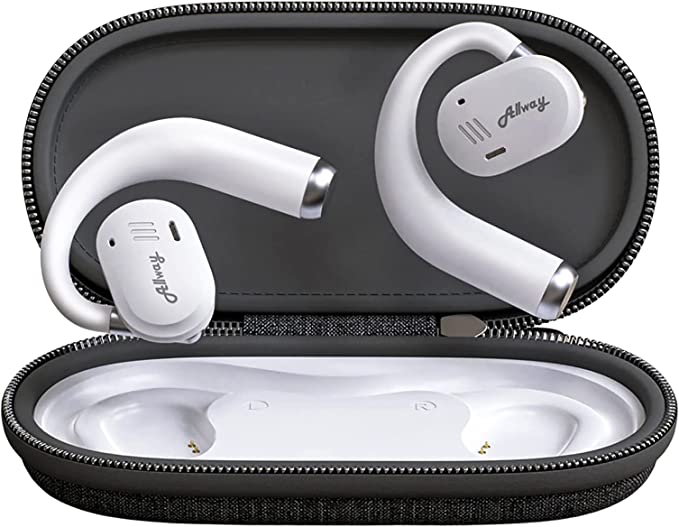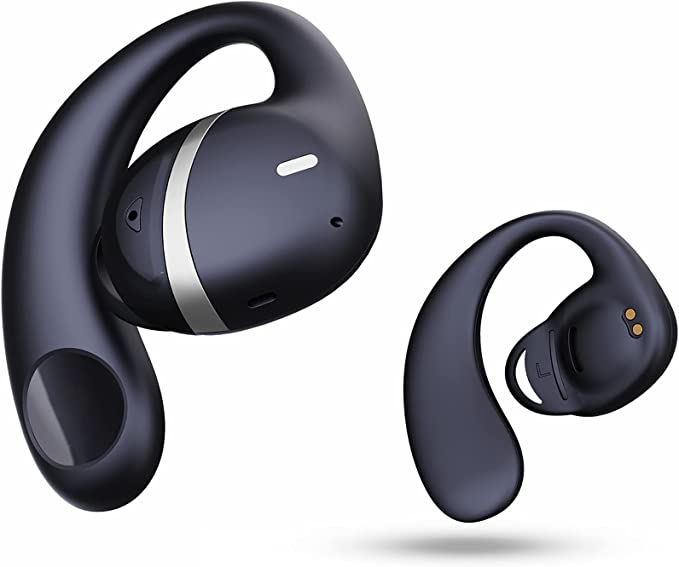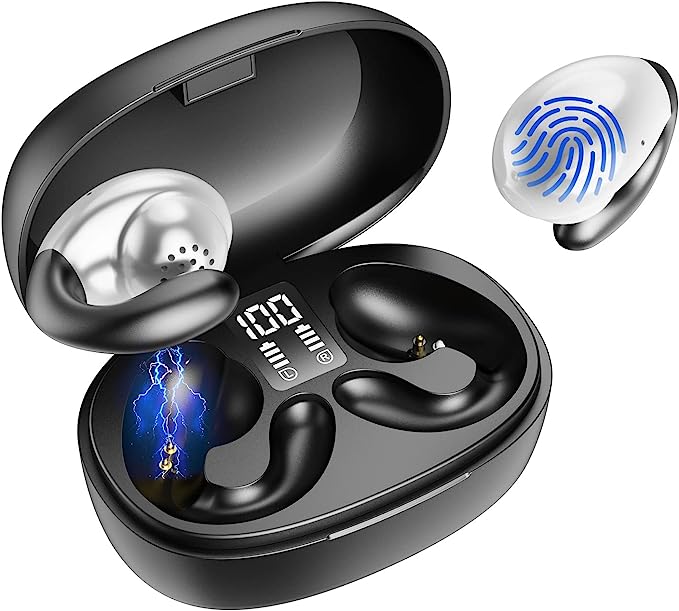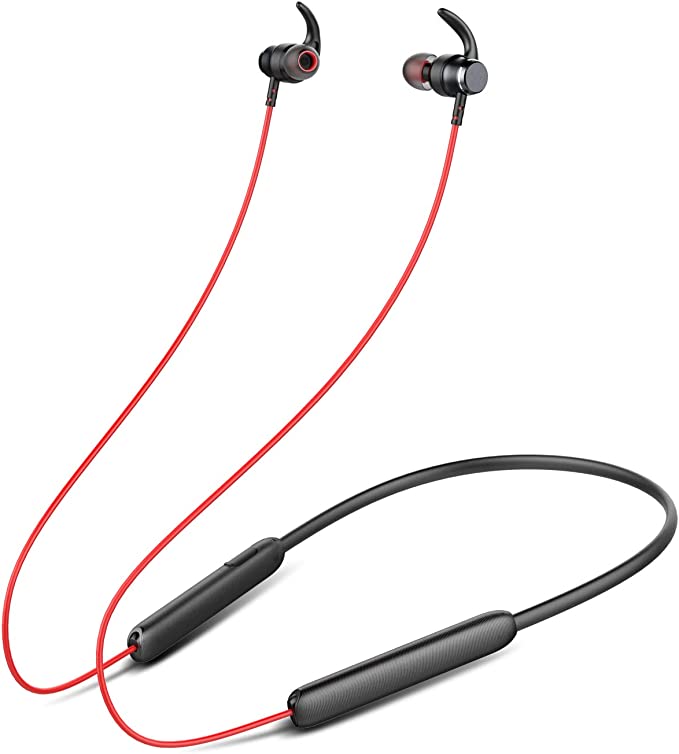ACREO A8 Next Generation Open Ear Headphones: Experience Comfort and Powerful Sound
Update on May 30, 2025, 4:02 p.m.
In our hyper-connected world, a peculiar paradox defines our relationship with sound. We crave the immersive escape that music and podcasts offer, a personal soundtrack to our lives. Yet, we also yearn for a seamless connection to the world around us – the approaching cyclist on a morning jog, a colleague’s query in a bustling office, the ambient symphony of a city park. For too long, personal audio often forced a binary choice: dive deep into your audio cocoon, or remain tethered to reality, sacrificing a richer sonic experience. But what if technology could offer a harmonious blend of both? This is the promise of “aware audio,” a burgeoning field where open-ear headphone technology is rapidly carving out its niche. Today, we’ll explore this evolving soundscape through the lens of a specific contender: the ACREO A8 Next Generation Open Ear Headphones, OpenBuds, examining the science and design philosophy that aims to let you hear more, more comfortably.

Beyond the Bud: Understanding the “Open-Ear” Philosophy
The term “open-ear” immediately signals a departure from the familiar. Unlike traditional in-ear monitors that create a seal within your ear canal, or bulky over-ear headphones that cup your entire ear, open-ear designs take a fundamentally different approach to delivering sound.
What it Means to Be Truly “Open”
At its core, the science of open-ear audio, as implemented in devices like the ACREO A8, relies on air conduction – the natural way we hear sound – but without occluding the ear canal. Imagine tiny speakers precisely positioned to direct sound towards your ear, while leaving the canal itself unobstructed. This is distinct from bone conduction technology, which bypasses the outer and middle ear by sending vibrations through the bones of the skull directly to the inner ear. ACREO explicitly states their OpenBuds are “not bone conduction technology nor standard earbuds. They fit over your ears with mini speakers.”
The ACREO A8 embodies this with its “OpenBuds” design. The most striking aspect is the “buds-free” construction. There are no silicone tips to insert, no pressure points building up inside your ear over hours of use. Instead, the units rest gently on the concha (the outer bowl of the ear), secured by thoughtfully designed earhooks. This allows ambient sounds to mingle naturally with your chosen audio, fostering a sense of presence and safety often lost with noise-isolating alternatives.
The Ergonomics of Freedom
Comfort and stability are paramount for any wearable audio device, especially those intended for active use. The ACREO A8’s design heavily leans on ergonomic principles. The earhooks are not just an afterthought; they are integral to how the headphones distribute their minimal weight (a mere 5.5 grams per earbud, according to the specifications) and maintain a secure fit. This is crucial for activities like running, biking, or intense workouts, where traditional earbuds might dislodge.
The science here is about biomechanics: understanding how a device interacts with the complex geometry of the human ear. A well-designed earhook considers the ear’s natural curves, providing multiple points of contact to prevent slippage without undue pressure. The aim is to achieve a “barely-there” sensation, addressing common user complaints about in-ear fatigue, pressure buildup, and even hygiene concerns associated with sealed ear canals. Users of the ACREO A8 have reported forgetting they are wearing them, a testament to this design philosophy.

The Sonic Engine: Unpacking ACREO A8’s Audio Architecture
While openness and comfort are key, the ultimate measure of any headphone is its ability to deliver a compelling audio experience. ACREO makes some interesting claims about the A8’s sonic capabilities, centered around its amplification and audio processing.
Amplification - More Than Just Loudness
A standout feature highlighted by ACREO is the inclusion of “standalone 2*3W headphone amplifiers” and a Signal-to-Noise Ratio (SNR) of “103dB.” To understand the significance, let’s touch on what an amplifier does. In any audio system, an amplifier boosts the low-power audio signal from a source (like your phone) to a level sufficient to drive the speaker components effectively. Many True Wireless Stereo (TWS) earbuds integrate amplification into their main System-on-Chip (SoC) to save space and power.
The term “standalone” suggests that ACREO may have opted for dedicated amplifier chips, separate from the primary Bluetooth SoC. In theory, dedicated amplifiers can offer advantages such as cleaner power delivery, potentially better channel separation (for a more distinct stereo image), and improved control over the speaker drivers, especially at higher volumes or with dynamic musical passages. The “2*3W” figure (totaling 6W) is unusually high for earbuds if interpreted as continuous RMS power delivered to the drivers; it’s more likely a peak capability or a way to express the amplifier’s potential headroom. A higher SNR, like the claimed 103dB, is generally desirable, as it means the audio signal is significantly stronger than the inherent background noise (hiss) generated by the electronics, leading to a cleaner, clearer perceived sound. ACREO aims for a “private wearable theater on the ear,” and this robust amplification strategy is likely a cornerstone of that ambition.
The Language of Wireless Sound (Codecs)
The ACREO A8 supports both SBC (Subband Coding) and AAC (Advanced Audio Coding) Bluetooth codecs. Think of codecs as the languages used to compress and decompress digital audio for wireless transmission. SBC is the universal, mandatory codec for all A2DP (Advanced Audio Distribution Profile) stereo Bluetooth devices, but it’s a relatively basic, older standard. AAC, on the other hand, is a more advanced lossy compression algorithm, widely used by Apple devices and increasingly supported on Android. At similar bitrates, AAC generally provides audibly better sound quality than SBC, with more detail, clarity, and a more faithful representation of the original recording. The inclusion of AAC means that users with compatible devices can potentially experience a richer and more nuanced wireless audio performance from the A8.
The Art of Tuning (A Brief Note)
ACREO mentions “108 times acoustic tuning” and a “20Hz~20kHz frequency range.” The 20Hz to 20kHz range is the standard accepted range of human hearing and is a common specification for most headphones, indicating the breadth of frequencies the drivers are designed to reproduce. “Acoustic tuning” is a critical process in headphone development where engineers adjust the physical properties of the earbud enclosure, driver materials, damping, and often apply Digital Signal Processing (DSP) to shape the final sound signature. While “108 times” is a marketing flourish conveying diligence, the intent of tuning is crucial. It determines whether the headphones sound V-shaped (emphasized bass and treble), neutral, warm, or bright, aiming to create a sound profile that ACREO believes is optimal for their target audience and the OpenBuds’ acoustic design.

Engineered for Life’s Adventures: Durability and Connection
Modern headphones need to be more than just good-sounding; they need to be resilient companions that seamlessly integrate into our digitally-driven lives.
Weathering the Storm (IPX7 Waterproofing)
The ACREO A8 boasts an IPX7 waterproof rating. The “IP” stands for Ingress Protection, and the numbers that follow indicate the level of protection against solids (the first digit, an ‘X’ here means no specific rating for dust) and liquids (the second digit). An IPX7 rating is quite robust for earbuds. According to the International Electrotechnical Commission (IEC) standard 60529, it means the device can withstand submersion in up to 1 meter of fresh water for a maximum of 30 minutes. ACREO states this is achieved through “structural waterproofing and nano-technology dual waterproof design.”
For the user, this translates to significant peace of mind. Sweat during an intense workout, getting caught in a downpour, or even an accidental drop into a puddle shouldn’t spell disaster for the A8s. This level of water resistance makes them well-suited for athletes and anyone with an active outdoor lifestyle.
The Unseen Thread (Bluetooth 5.2 & Low Latency)
Connectivity is handled by Bluetooth 5.2. Each iteration of the Bluetooth standard generally brings improvements in range, connection stability, data transfer speeds, and power efficiency. Bluetooth 5.2, for example, introduced features like LE Audio (though ACREO doesn’t specify LE Audio support, the base 5.2 standard is solid), Enhanced Attribute Protocol (EATT) for more responsive connections, and LE Power Control to optimize transmission power. For the ACREO A8 user, this should mean a generally reliable wireless link to their playback device.
A particularly noteworthy feature is the “Low Latency Mode.” Latency, in this context, is the delay between when an audio signal is generated by the source device (e.g., a gunshot in a game or a person speaking in a video) and when it’s actually heard through the headphones. High latency can ruin the experience for gaming and video watching, creating an annoying desynchronization. ACREO allows users to “Quickly press any one of the Earbud‘s button four times to switch” to this mode. While the exact mechanism isn’t detailed, low latency modes often work by optimizing the Bluetooth data transmission protocol, perhaps using smaller data packets or reducing buffer sizes, to prioritize speed over, say, maximum error correction or absolute audio fidelity, though the stated benefit is “higher bandwidth and higher quality audio effects” in Music Mode. This feature shows a thoughtful consideration for users who consume a lot of video content or enjoy mobile gaming.
Staying Connected: Call Clarity and All-Day Power
Beyond music and media, headphones are indispensable communication tools. And no matter how good they sound, they’re useless if the battery is dead.
Being Heard in the Noise (Call Noise Reduction)
The ACREO A8 features a “built-in high-sensitivity microphone” in each earbud and employs a “noise reduction algorithm” for calls. The goal, as stated by ACREO, is to achieve call quality that “can reach the level of business Bluetooth headset.” In the absence of multiple microphones per earbud (which are often used for advanced beamforming to isolate the voice), this suggests the A8 likely relies on sophisticated signal processing. Such algorithms attempt to distinguish the user’s voice frequencies and patterns from steady-state or predictable background noises (like traffic hum or office chatter) and then digitally suppress those unwanted sounds.
User feedback on call quality, as seen in the provided product information, appears mixed. While some find it adequate, others, like reviewer Suzanne, noted that “phone call quality is lacking” with the person on the other end sometimes having difficulty hearing. This variability is common, as microphone performance and algorithm effectiveness can be highly dependent on the specific type and level of ambient noise, as well as software implementation.
The Marathon, Not Just a Sprint (Battery & Charging)
ACREO claims 6 hours of playtime for the earbuds on a single charge, with the “portable smart charging case” providing an additional 12 hours, for a total of “up to 18 hours.” In the current TWS market, 6 hours per charge is respectable, though not class-leading, while 18 hours total is adequate for a couple of days of moderate use for many. The case itself can be charged via USB Type-C or, conveniently, through wireless charging. The earbuds are said to charge in 60 minutes, and the case in 90 minutes.
Real-world battery life, however, can often differ from lab-tested claims. Reviewer Padawanlearner, for instance, found them to “die after 4 hours of use” during a 2-hour meeting. This highlights that continuous use, especially for calls or at higher volumes, can impact longevity. Nevertheless, features like “smart sensing” and automatic connection are welcome conveniences that streamline the user experience.
The Open Proposition: Benefits, Realities, and the ACREO Vision
The ACREO A8 OpenBuds present a compelling package for a specific type of listener. The primary benefits revolve around the promise of comfort for extended wear, thanks to the buds-free design; situational awareness, allowing users to stay connected to their environment, which is crucial for safety and social interaction; and a stable fit facilitated by the earhooks, making them suitable for active pursuits. The IPX7 rating adds a valuable layer of durability for these scenarios.
However, the “openness” that provides these benefits also comes with inherent trade-offs common to most open-ear designs. Sound leakage – where people nearby can hear your audio – can be a concern, especially at higher volumes or in quiet environments. Conversely, because they don’t seal the ear canal, they offer minimal passive noise isolation. This means in very noisy environments, external sounds can easily overpower your audio, potentially requiring you to increase the volume to levels that might not be ideal for hearing health over long periods. The bass response in open designs also tends to be less impactful and deep compared to sealed in-ear headphones, as the acoustic energy is not trapped and directed solely into the ear canal.
ACREO, as a company, highlights its “13 years of experience in the audio industry” and its history of designing and manufacturing for “world-class brands such as HP, Philips, etc.” This background, coupled with a 24-month warranty, is intended to build consumer confidence in the A8’s quality and reliability. While Original Design Manufacturer (ODM) experience is valuable, developing and marketing a successful own-brand product presents its own unique set of challenges in design, tuning, and post-sales support.

Epilogue: The Evolving Soundtrack of Our Lives
Products like the ACREO A8 Next Generation Open Ear Headphones represent more than just another iteration of wireless earbuds. They are part of a broader movement in personal audio technology towards more natural, integrated, and contextually aware listening experiences. The desire to seamlessly blend our digital soundtracks with the rich tapestry of real-world sounds is growing, and open-ear designs are a direct response to this evolving human need.
While no single product is perfect, and the ACREO A8 itself presents a balance of strengths and inherent compromises, its feature set – from the buds-free comfort and standalone amplifiers to its robust waterproofing and low-latency mode – shows a thoughtful attempt to cater to a modern user who values both connection and immersion. The future of listening likely involves even more sophisticated ways to modulate our auditory world, perhaps with intelligent noise filtering that lets in only what we want to hear, or augmented reality audio overlays. For now, the ACREO A8 offers a tangible step in that open direction, inviting us to listen to our world, and our music, in a new way.
